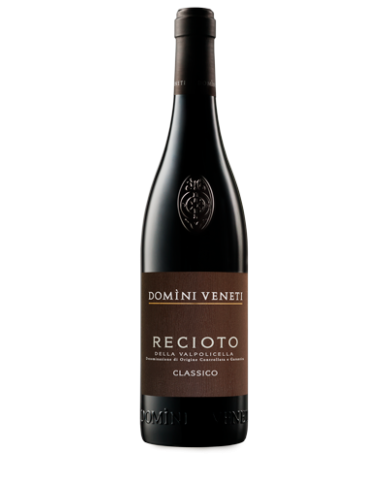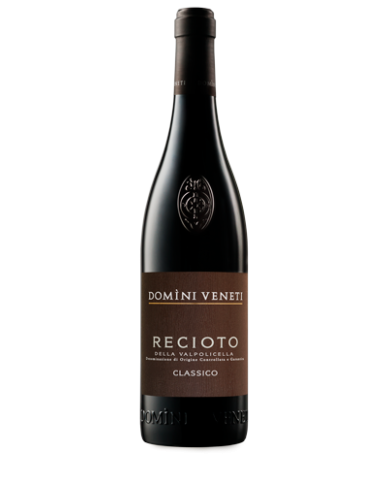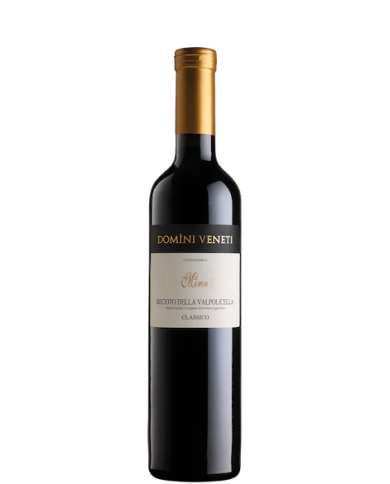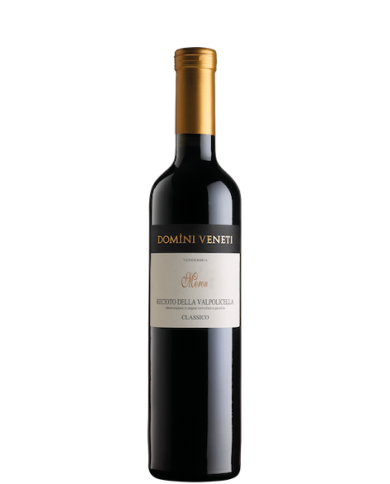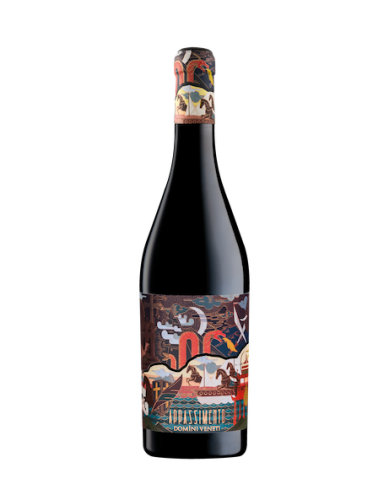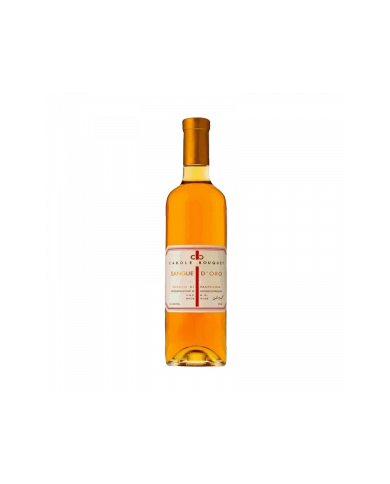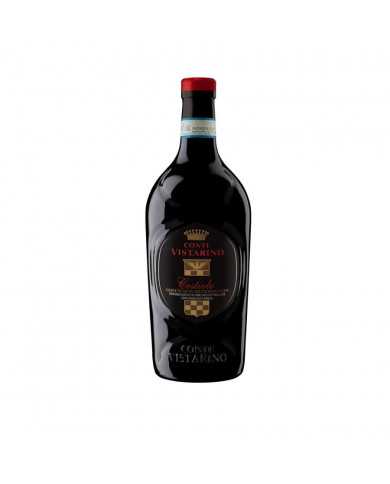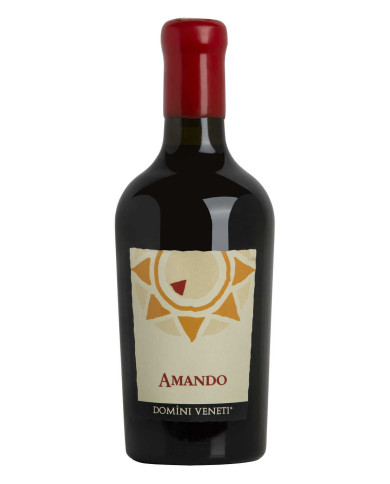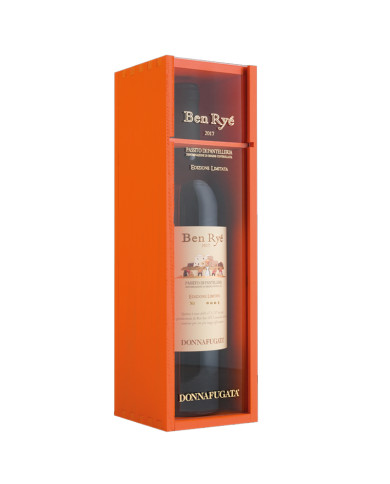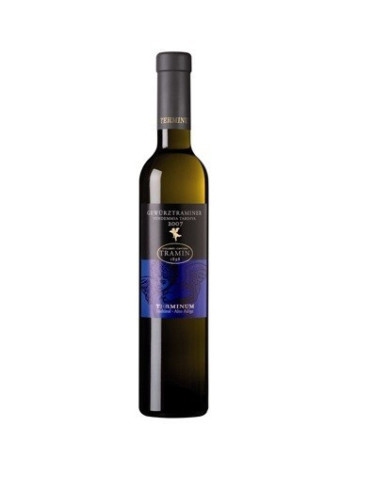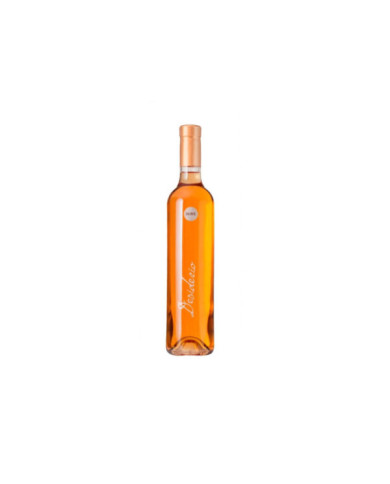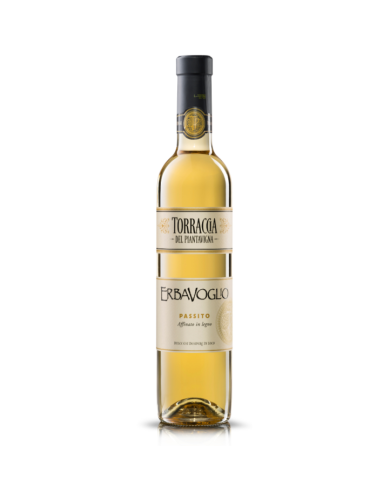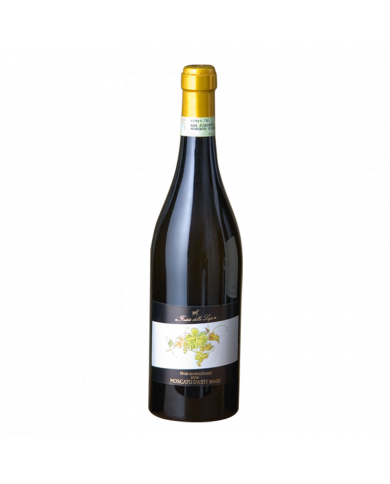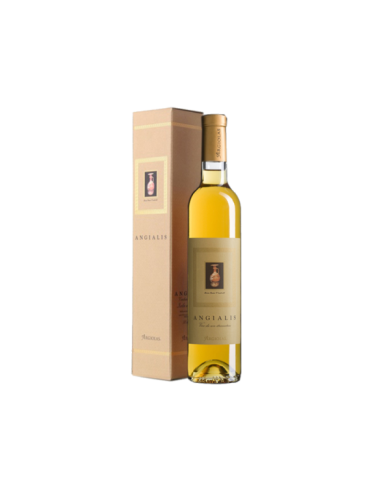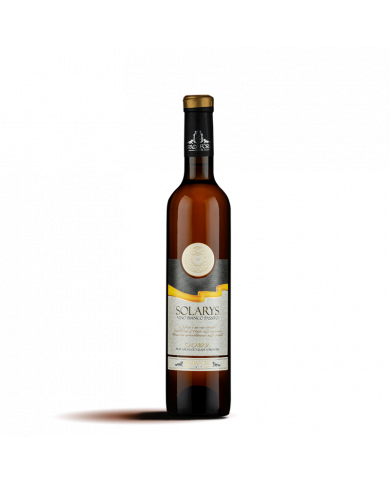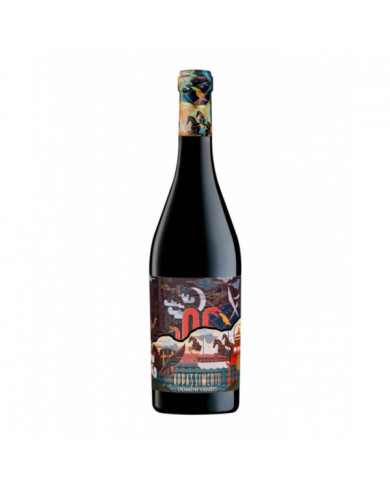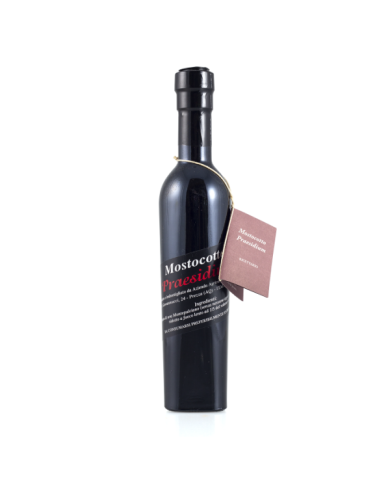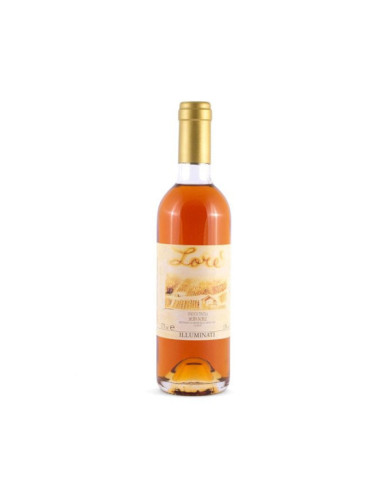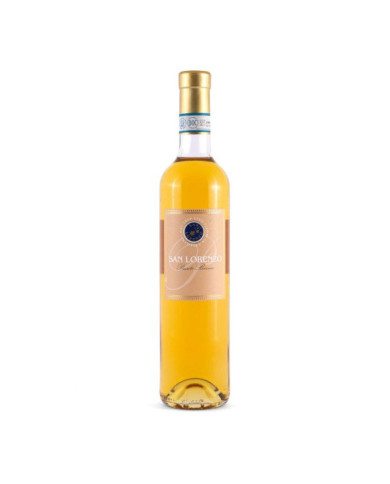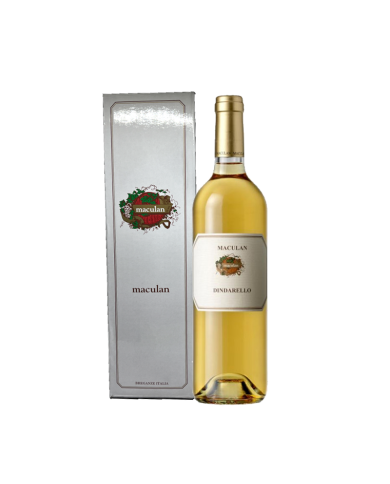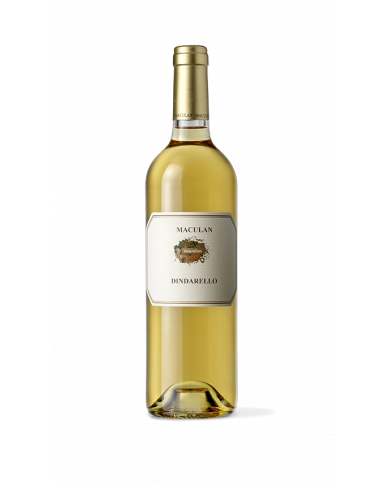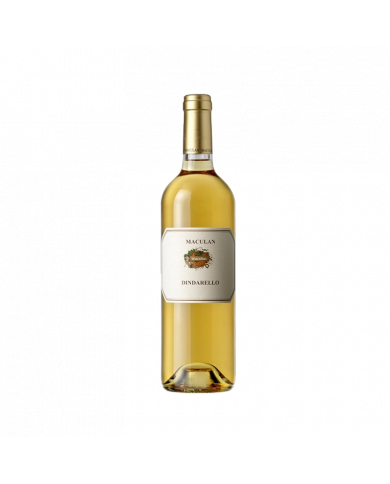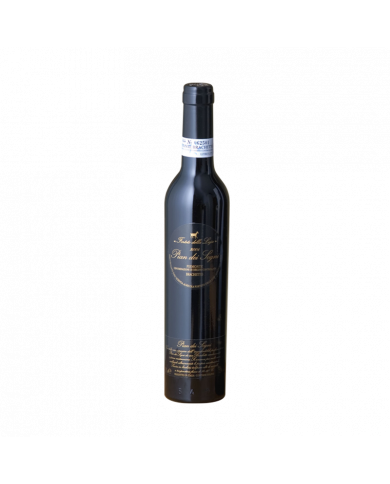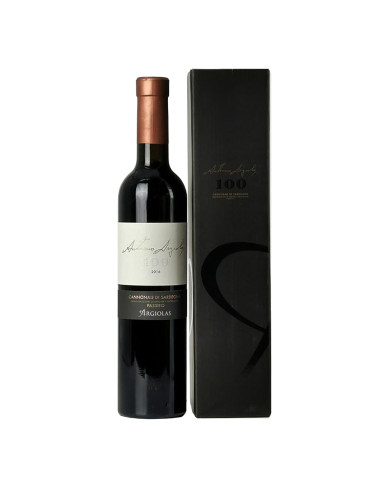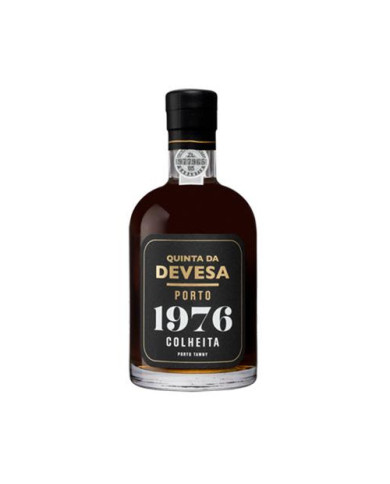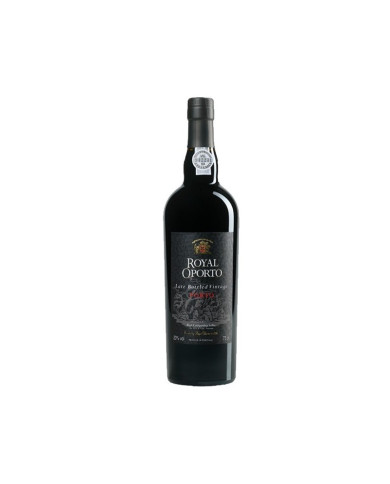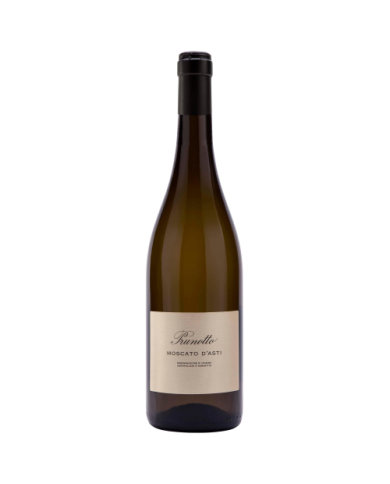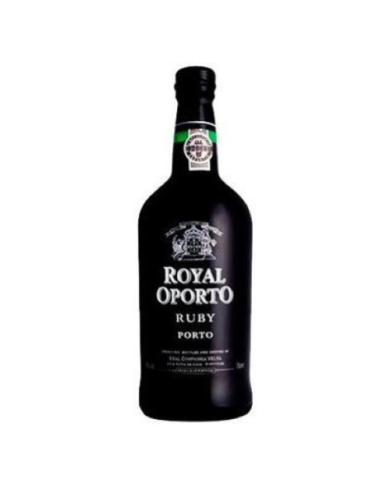Ben Ry├® Donnafugata is one of the most famous Sicilian passito wines in Italy and in the world, which has become a paradigm of Passito di Pantelleria. Its name in Arabic means "daughter of the wind", an epithet attributed to this Mediterranean island, struck by winds that blow on the bunches of grapes and on the crops, bringing with them intense and very characteristic aromas , the same ones we find in wine. The image that decorates the label is created by the designer Nicola Vitale and illustrates the work and effort of the winemakers in this area, illuminated by intense sunlight, with the 'dammuso', a typical architecture of the island in the background.
AROMATIC AND LAMINATED GRAPES
Angialis Isola dei Nuraghi Igt by Argiolas is a wine with an intense straw yellow color. On the nose they result in very intense primary aromas, markedly Mediterranean. Terpenic characters typical of Nasco.
The name of this label recalls the one and only architect of its being, it is in fact the sun The name of this label recalls the one and only architect of its being, it is in fact the summer sun of our beloved land, the summer element of our beloved land, the element that determines its organoleptic characteristics. which determines its organoleptic characteristics. A raisin wine of great value, our Solarys bianco, a late harvest of grapes from A raisin wine of great value, our Solarys bianco, a late harvest of grapes from autochthonous vines, grown as saplings, left on the plant to dry gradually until the autochthonous vine , grown as saplings, left on the plant to dry gradually until reaching the natural sugar concentration; sweet, never cloying, a delicate to reach the natural sugar concentration; sweet, never cloying, a delicate nectar to be served chilled, with fresh fruit tarts or blue cheeses.
Drying of native red grapes and the traditional method blend together in this wine, the result of a blend with a rigorous character. The unique style expresses elegance and pleasantness, enhancing the territory as the main protagonist of the production philosophy.
Il mostocotto ├© un prodotto tipico della tradizione casalinga abruzzese. Esso ├© presente nelle nostre case sin dal tempo degli antichi romani i quali utilizzavano questo liquido denso per addolcire e arricchire il sapore dei cibi oltre che, aggiunto allŌĆÖacqua, per ottenere una bevanda dissetante ed energetica. Nelle opere degli scrittori latini Apicio, Catone, Columella e del poeta Ovidio, nato a Sulmona, si trovano testimonianze dellŌĆÖuso del Mostocotto. Attualmente viene utilizzato come ingrediente nellŌĆÖimpasto di vari dolci tradizionali locali. Il mostocotto Praesidium ├© un succo dolce e denso, ottenuto durante il periodo della vendemmia facendo bollire, a fiamma diretta e moderata per 12-16 ore, il mosto fiore, proveniente al 100% da uve selezionate Montepulciano dŌĆÖAbruzzo. La lavorazione ├© lunga e delicata al punto che da 10 litri di mosto se ne ricavano circa 2 di mostocotto Praesidium. Il mostocotto non contiene alcool. Pu├▓ essere accompagnato a formaggi molto stagionati o ricotta, bollito misto o verdure grigliate. Pu├▓ essere usato per farcire dolci e macedonia di frutta o, nel modo pi├╣ tradizionale, come ingrediente nellŌĆÖimpasto di dolci locali abruzzesi. Arricchisce il sapore delle pere al forno
Prodotto dal 100% di uve moscato si presenta di colore giallo dorato con aromi che ricordano le pesche ed il miele. Un vino da dessert, ben strutturato e molto armonico. EŌĆÖ eccellente in abbinamento a formaggi stagionati o erborinati come il Roquefort e il Gorgonzola. Si sposa benissimo con il fegato grasso dŌĆÖoca.
Excellent in combination with pastry desserts, fruit tarts, homemade focaccias and even desserts with creams.
Excellent in combination with pastry desserts, fruit tarts, homemade focaccias and even desserts with creams.
Maculan 's Moscato Dindarello was obtained from 100% Moscato Bianco grapes grown on hilly soils of limestone and tuffaceous matrix located in the Breganze area (VI). After the harvest, the grapes were subjected to drying in the loft for about 1 month, a practice which allowed the grapes to obtain a higher sugar concentration. The alcoholic fermentation, aimed at transforming the sugars into alcohol, took place in steel vats. Before being marketed, this delicious straw wine rested for 3 months in the bottle.
Forteto della Luja Loazzolo is a fragrant and enveloping wine, with a deep yellow color with apricot and gold reflections. The olfactory profile reveals a rich, ripe fruit, with a prevalence of apricot notes. The "muscat" root of the fruit is evident, which a balsamic wood enriches with spicy and roasted notes. Rich and creamy on the palate, to which it unfolds in all its multifaceted sweetness and alcohol, with interesting returns of fruit, chocolate and honey. A very pleasant wine, which ends long, with an echo of vanilla and white chocolate. Constitutionally long-lived, it maintains an enviable gustatory balance for many years. Excellent meditation wine, it goes well with aged cheeses and desserts.
Forteto Pian dei Sogni Piemonte Brachetto Passito DOC is cherry red in colour. A wine with pleasant garnet reflections. Pian dei Sogni is produced in a hilly area at an altitude of over 400 meters slm It is made with the Guyot system according to traditional methods and by hand. This excellence comes from dried Bracchetto grapes. A Brachetto Passito Doc that stands out in terms of particular aromas and scents. Discover the hints of dried rose, strawberry jam, cherries in syrup and spices. Then savor it with hazelnut, walnut, almond, chocolate or chestnut cakes.
Piasa Rischei is the wine produced solely with Moscato grapes, left to dry on the vine and harvested at the end of October, a part of the bunches is still left to dry on mats in an orchard. After fermentation, the wine is aged in barriques for 24 months. A passito balanced between freshness and sweetness. Great evolutionary capacity. Perfect to combine with cheeses and fois gras.
From one of the oldest vines in the world, Moscato Bianco, our Passito di Noto is born. Passito is an ancient wine that becomes current with a modern drying system. Explosive aromas of exotic fruit, jasmine, candied citrus, it is both complex and easy to love. The ideal companion of the great Sicilian tradition of sweets and ice cream.
Di colore ambrato con riflessi ramati, si apre al naso con aromi fruttati perfettamente bilanciati con note speziate derivate dal passaggio in legno. Al palato risulta dolce e corposo.V ino da meditazione, questo vino fortificato ├© indicato per accompagnare i dolci secchi, la pasticceria e la frutta secca.
Discover the Delight of Sweet Wines: A Journey for Your Senses
Sweet wines can be a real treat for your senses. The way sweet wine touches your taste buds and nostrils with its rich fragrances will make you feel in heaven. The magic of sweet wines is unique and is becoming increasingly popular among consumers seeking a unique sensory experience. If you are looking to discover the beauty of sweet wines, then you are in the right place. This article will explore some of the best sweet wines and how to choose the right one for you.
What is a Sweet Wine?
First of all, we need to clarify what a sweet wine is. A sweet wine is a wine that contains a certain amount of sugar. This sugar can be added during fermentation or it can be added afterwards. The amount of sugar in sweet wine can vary from slightly sweet to very sweet. Sweet wines are often sweeter than dry wines because they contain more sugar.
Most Popular Sweet Wines
Sweet wines can be divided into three broad categories: dessert wines, sparkling wines and aromatised wines. Dessert wines are those that are sweeter and more aromatic, such as Port, Sherry, Muscat and Madeira. Sparkling wines are carbonated wines such as Champagne, sparkling Muscat, Prosecco and Cava. Aromatised wines are those with a fruity flavour, such as Riesling, Gew├╝rztraminer and Gr├╝ner Veltliner.
How to Choose a Sweet Wine
If you are interested in trying a sweet wine, there are a few things to consider. First, you need to decide whether you want a dessert wine, a sparkling wine or a flavoured wine. You will also have to consider your budget and personal taste. If you are a beginner, you might want to start with a less expensive and less sweet wine, such as a Muscat or Riesling. If you are an expert, then you may want to explore rarer and more expensive wines such as a Port or Sherry.
How to Serve a Sweet Wine
If you have decided to try a sweet wine, it is important to serve it in the right way. Dessert wines should be served chilled, while sparkling and flavoured wines should be served at room temperature. The right temperature for a sweet wine varies depending on the type of wine, so be sure to read the labels before serving. Dessert wines should be served in larger dessert glasses, while sparkling and aromatised wines should be served in wine glasses.
How to Pair a Sweet Wine
One of the advantages of sweet wines is that they can be paired with many different dishes. Dessert wines can be paired with desserts, cheeses and meats. Sparkling wines can be paired with all kinds of dishes, from savoury to sweet. Aromatised wines are particularly versatile and can be paired with fish, meat and vegetable dishes.
Conclusion
Sweet wines are a fun and relaxing way to enjoy a meal or an evening. Whether you are a beginner or an expert, there is a sweet wine to suit your needs. Remember to choose the right wine for your meal, serve it at the right temperature and pair it correctly. If you follow these steps, you will definitely enjoy the deliciousness of sweet wines.

